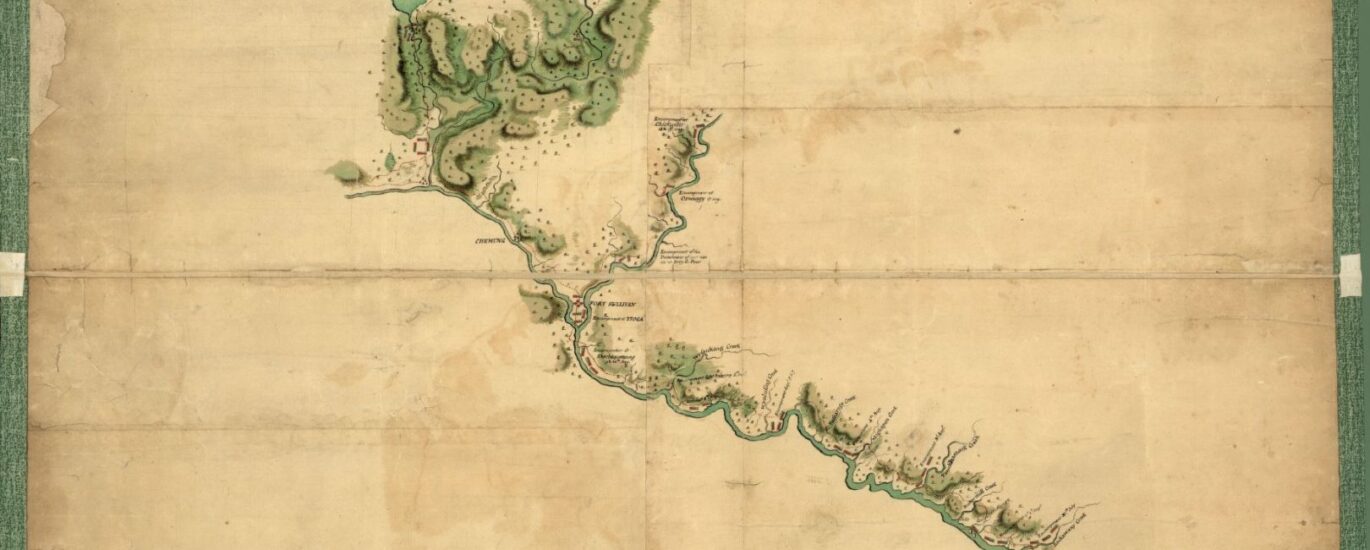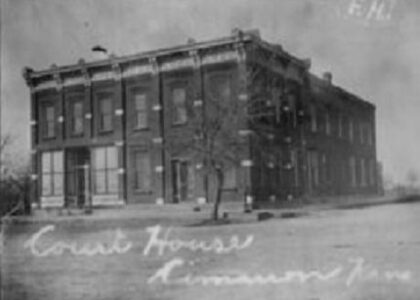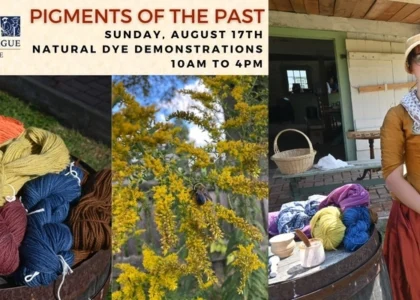Welcome to the historic 1779 Sullivan Campaign Route, a path that carries stories of strategic maneuvers and cultural encounters from over two centuries ago. This route is a testament to the complex interplay of loyalty, survival, and sovereignty during the American Revolutionary War. As you journey along this path, imagine the footsteps of soldiers and the whispers of the past that echo through the landscape.
In the summer of 1779, General George Washington ordered a military expedition, famously known as the Sullivan Expedition, against the Loyalist Iroquois Confederacy who had allied with the British. The goal was to break the Confederacy’s power and neutralize their threat to the American frontier settlements. General John Sullivan led this campaign, which was one of the largest and most significant military operations of the Revolutionary War.
The campaign route winds through areas that were once home to the Haudenosaunee Confederacy, a powerful alliance of Indigenous nations including the Mohawk, Oneida, Onondaga, Cayuga, Seneca, and later the Tuscarora. These nations were known for their sophisticated political system and influence in the region. During the American Revolution, the Confederacy was split, with the Oneida and Tuscarora siding with the Americans, while others, guided by leaders like Joseph Brant, supported the British.
As Sullivan’s forces advanced, they employed a scorched-earth strategy, burning villages and crops to dismantle the Confederacy’s capacity to support British forces. This campaign had a profound impact on the Haudenosaunee people, leading to displacement and loss of resources. Yet, it also underscored their resilience and the enduring legacy of their cultural strength, which continues to be celebrated today.
One of the notable figures associated with this period is Mary Jemison, a woman of Irish descent who was captured by the Shawnee and adopted by the Seneca. Her life offers a unique perspective on the cultural intersections of the time. Having married a Seneca leader, she witnessed firsthand the conflicts and transformations during the Sullivan Campaign. Her story, immortalized in James E. Seaver’s book, provides valuable insights into the life of those who lived through these turbulent times.
Today, the 1779 Sullivan Campaign Route stands as a reminder of the struggles and alliances that shaped the early United States. It serves as a historical corridor that invites reflection on the enduring impact of these events on Indigenous communities and the nation as a whole. As you traverse this route, consider the resilience of those who once called this land home and the complex history that unfolded here.
The legacy of the Sullivan Campaign and the Haudenosaunee Confederacy is palpable in the stories and traditions that continue to thrive. This route is not just a path through history but a bridge connecting the past with the present, inviting us to learn, reflect, and understand the intricate tapestry of America’s foundation.





